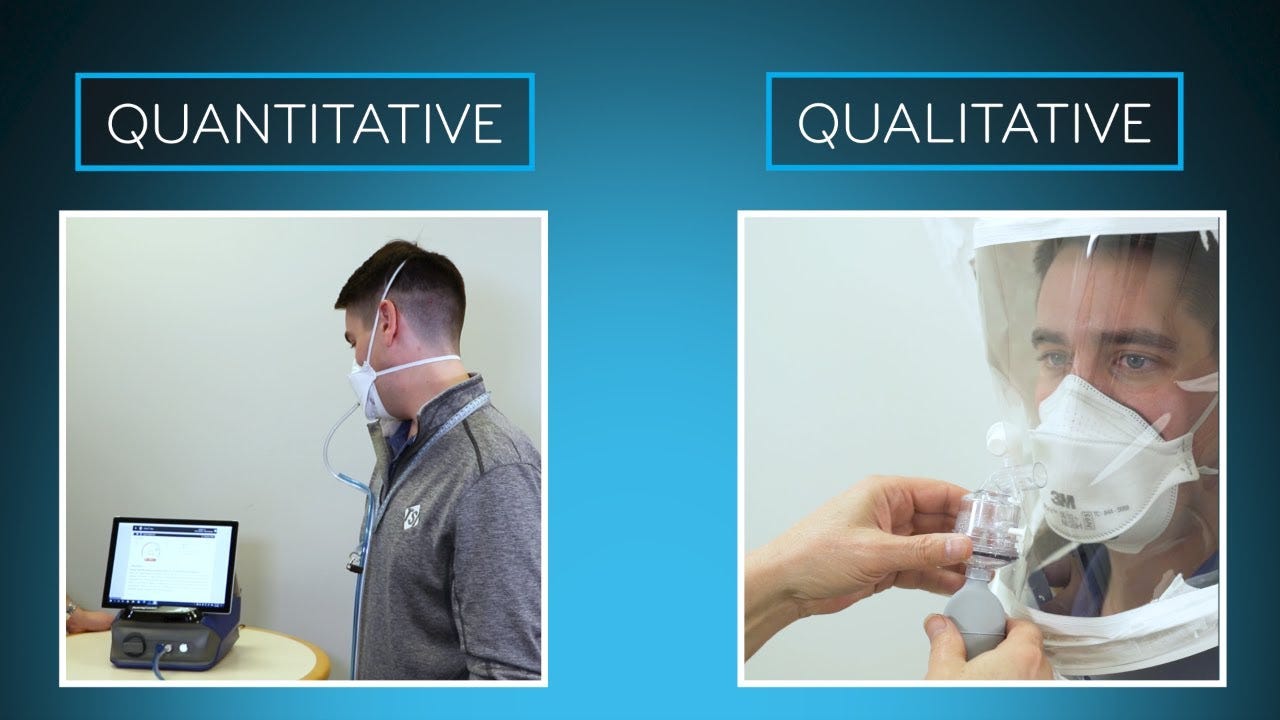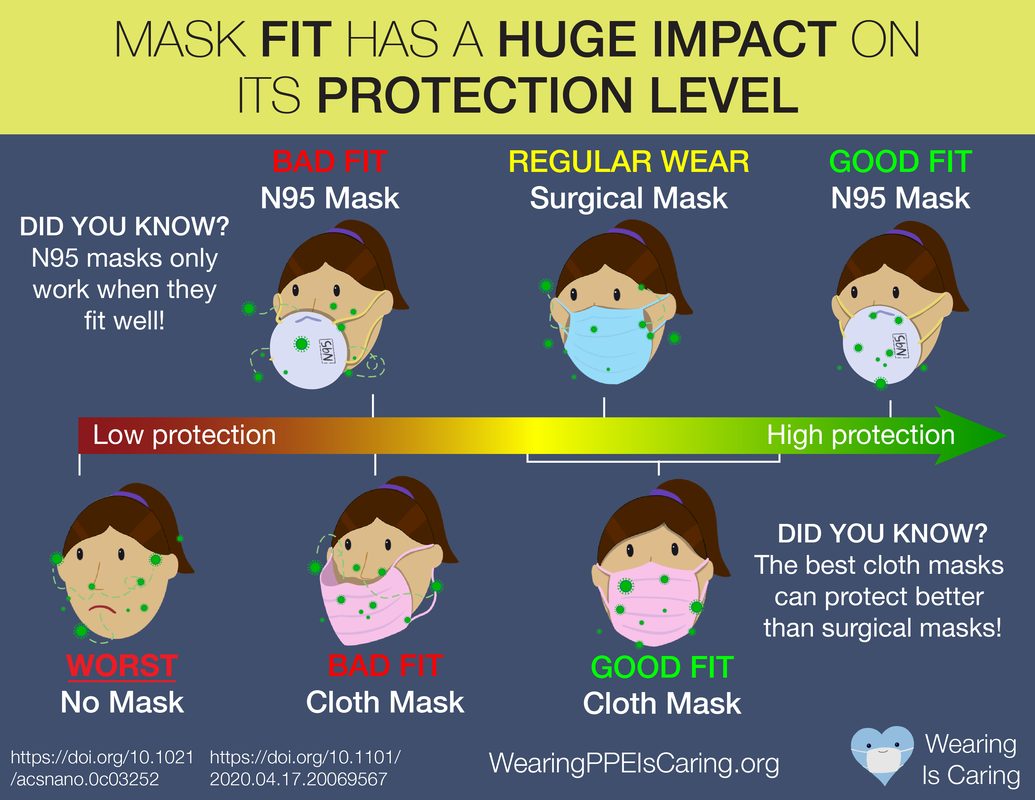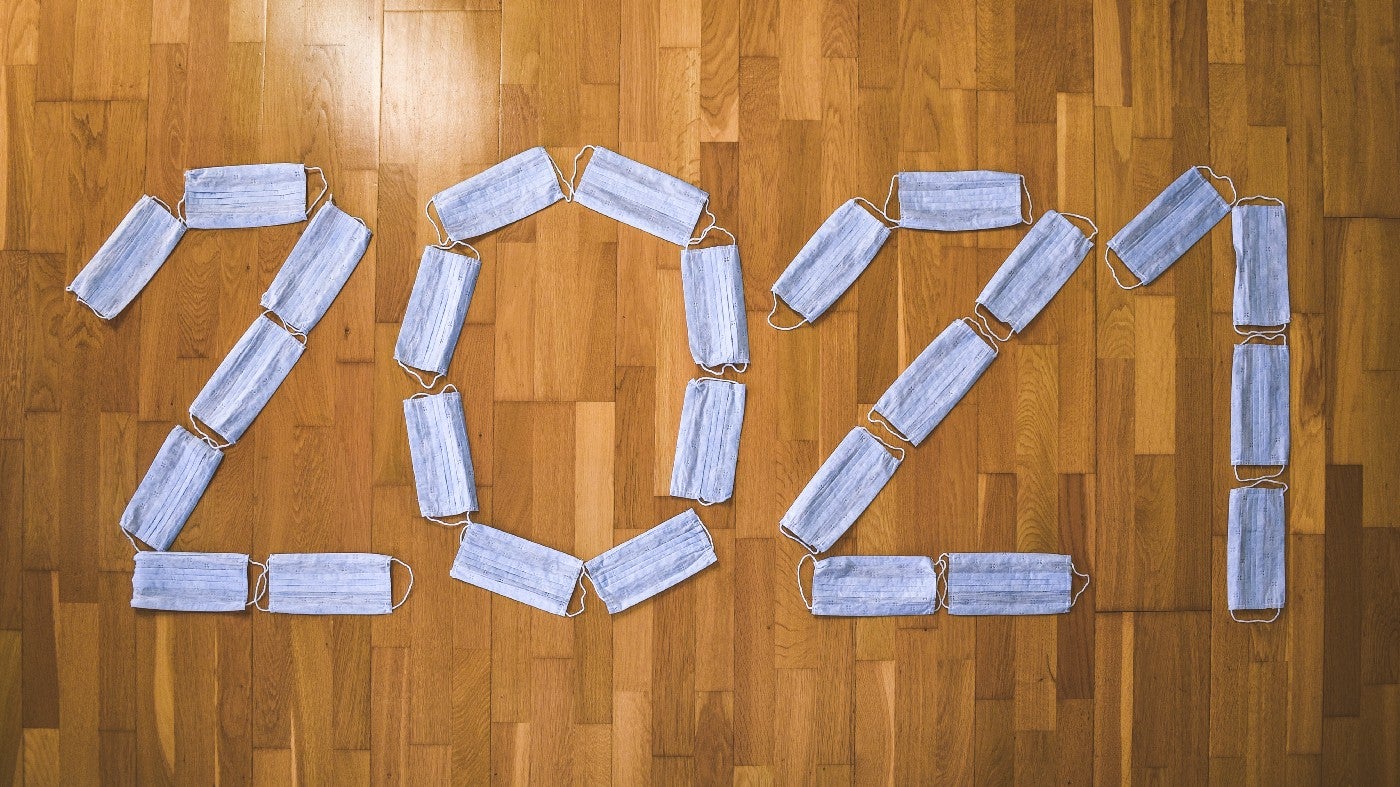The fight against the Covid-19 pandemic is still ongoing in many parts of the world. Whether we will see its end soon is still a matter under debate. But one thing is certain — its impact on many aspects of our lives, especially the healthcare industry, will outlast the pandemic itself.
Covid-19 exposed many gaps in the healthcare industry, inadvertently providing an opportunity to fix, enhance, and innovate.
Many of us still remember the horror of the global mask shortage, amongst all the other confusions during the initial stage of the pandemic. The N95 respirator — the mask that offers the best protection against particles and droplets — had been suffering in shortage in the US until as recently as January 2021.
While we are finally seeing a surge in its supplies, the CDC still recommends N95s to be prioritized for healthcare workers. This guideline is based on multiple considerations. Apart from the obvious need to conserve N95s, there is also the fact that in order to achieve a meaningful level of protection, a complete seal with the face must be achieved— This is called mask fitting.
What is mask fitting
Mask fitting consists of two parts — fit test and user seal check. According to Occupational Safety and Health Administration (OSHA) requirements, a fit test is performed the first time a user dons the N95. The procedure should be repeated annually, as well as each time the user experiences a significant change in facial features such as plastic surgery, injury, weight gain or loss. A user seal check is performed each time a respirator is donned. The fit test is a more fundamental step, since as a user seal check can only be performed once a proper fit testing has been completed.

There are two methods for fit test: Qualitative Fit Test (QLFT) and Quantitative Fit Test (QNFT). QLFT is a subjective test in which the user tries to determine if he/she can smell one of the four OSHA-accepted test agents while wearing the mask and performing basic movements. In the US, this method is only approved to fit-test negative-pressure or powered respirators. While this a standard method of fit testing, it has previously been shown to have a high false-positive rate, in which an actually unfit mask is reported by the test to be fit. It also requires the test operator to be well-trained to avoid incorrect administration, as the process can be quite slow and tedious.
QNFT, on the other hand, is an objective measurement. The user wearing the mask is placed in an environment with certain test agents — usually chamber-generated aerosol or Controlled Negative Pressure (CNP). An instrument is then used to measure leakage around the face seal and produces a numerical result called a “fit factor”. For half-mask respirators like the N95, a fit factor of at least 100 is required.
Once a mask passes the minimum requirement, however, a higher fit factor does not always translate to superior performance. Therefore, QNFT is not necessarily always better than QLFT, save for the latter’s limitations. It also requires drilling a permanent hole in the mask to take air samples, rendering the mask unusable after the test — a real drawback in the time of global N95 shortage.

Limitations of current procedures
Despite being the official methods recommended by OSHA, the current fit testing approaches for N95 respirators are not without their shortcomings. One obvious issue is the requirement of having well-trained operators and fit testing kits on hand. Kits can cost around $400 per kit for QLFT and as much as $10,000 per kit for QNFT. There is also time consumption (claimed to be as short as 5 mins per test by some kit vendors, but more likely up to 15–20 mins with all the logistical factors considered) and expenditure of test fluids/aerosols, as well as the mask itself in the case of QNFT.
A natural question to ask is — can we get rid of the formal fitting procedures and just make do with user self-checking? This is not as nonsensical as it sounds. During the initial panic of the pandemic last year, healthcare personnel faced widespread mask and fit test kit shortages, as well as time constraints. In order to cope with the situation, the CDC recommended that users performed seal check by self-assessment in place of either official method.
Studies, however, have shown it to be an unreliable way of determining fit, as a person’s self-assessment on proper seal has almost no correlation to the fit factor scores acquired from formal test procedures.
An obvious question thus lies in front of the healthcare industry: is it possible for us to have a new fit testing method that is cheaper, quicker, and easier to use?
AI — potential solution?
Artificial Intelligence (AI) tools may provide a potential solution. In recent years, AI has swept the healthcare and life sciences industries, bringing in numerous changes. AI has helped us combat this pandemic more effectively, providing critical tools for genome sequencing, epidemiology analysis, patient care, and vaccine development, to name a few.
Could AI, specifically Deep Neural Networks, be a game changer in renovating the process of mask fitting? Please tune in to our next post, where we will walk you through the status of AI in this landscape, discuss the challenges it is facing — both technical and nontechnical, and explore the potential next steps we could take.
Author: ANTON ZHANG

